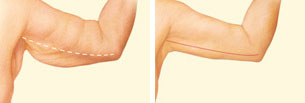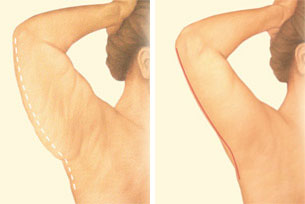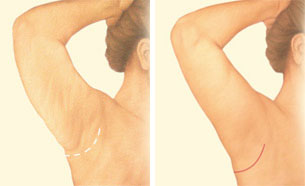What is an arm lift?
An arm lift, or brachioplasty, is a surgical procedure that:
- Reduces excess sagging skin that droops downward
- Tightens and smooths the underlying supportive tissue that defines the shape of the upper arm
- Reduces localized pockets of fat in the upper arm region
Fluctuations in weight, growing older and heredity can cause your upper arms to have a drooping, sagging appearance. This is a condition that cannot be corrected through exercise.
A brachioplasty may be right for you if the underside of your upper arms are sagging or appear loose and full due to excess skin and fat.
Recuperation and Healing
What should I expect during my arm lift recovery?
During your recovery from arm lift surgery, dressings or bandages may be applied to your incisions, and your arms may be wrapped in an elastic bandage or a compression garment to minimize swelling following surgery.
A small, thin tube may be temporarily placed under the skin to drain any excess blood or fluid.
You will be given specific instructions on how to care for the surgical site and drains, medications to apply or take orally to aid healing, specific concerns to look for and when to follow up with your plastic surgeon.
Be sure to ask your arm lift surgeon specific questions about what you can expect during your individual recovery period:
- Where will I be taken after my surgery is complete?
- What medication will I be given or prescribed after surgery?
- Will I have dressings/bandages after surgery? When will they be removed?
- Are stitches removed? When?
- When can I resume normal activity and exercise?
- When do I return for follow-up care?
Technique
What are the steps of an arm lift procedure?
An arm lift procedure includes the following steps:
Step 1 – Anesthesia
Medications are administered for your comfort during arm lift surgery. The choices include intravenous sedation and general anesthesia. Your doctor will recommend the best choice for you.
Step 2 – The incision
Incision length and pattern during arm lift surgery depend on the amount and location of excess skin to be removed, as well as the best judgment of your plastic surgeon.
Incisions are generally placed on the inside of the arm or on the back of the arm, depending on the surgeon’s preference, and may extend from the underarm (axilla) to just above the elbow. Excess fat may be directly excised or treated with liposuction.
Depending on your specific condition, incisions may be more limited. Then, underlying supportive tissue is tightened and reshaped with internal sutures. Finally, the skin is smoothed over the new contour of your arm.
Inner arm incision

Back of arm incision

Minimal incision

Step 3 – Closing the incisions
Your incisions will be closed either with absorbable sutures or stitches that will be removed within one to two weeks following your arm lift.
Step 4 – See the results
The smoother, tighter contours that result from brachioplasty are apparent almost immediately following your procedure, although there will likely be swelling and bruising. Get more information about brachioplasty results.
Risks and Safety
What are the risks of arm lift surgery?
The decision to have plastic surgery is extremely personal, and you’ll have to decide if the benefits, risks and potential complications of arm lift surgery are acceptable.
You will be asked to sign consent forms to ensure that you fully understand the procedure.
Arm lift surgery risks include:
- Anesthesia risks
- Bleeding
- Damage to deeper structures such as nerves, blood vessels and muscles
- Fatty tissue under the skin might die (fat necrosis)
- Fluid accumulation (seroma)
- Infection
- Numbness or other changes in skin sensation
- Pain, which may persist
- Poor wound healing
- Possible need for revisional surgery
- Sutures may not absorb, but spontaneously surface through the skin, causing irritation, drainage and redness
- Unsightly scarring
These risks and others will be fully discussed prior to your consent. It’s important that you address all your questions directly with your plastic surgeon.
Special Care
ABSOLUTELY NO SMOKING!!!!!!!!!!! No smoking is advised for 4 weeks prior to and at least 4 weeks after surgery to ensure proper healing and for best scar results.

